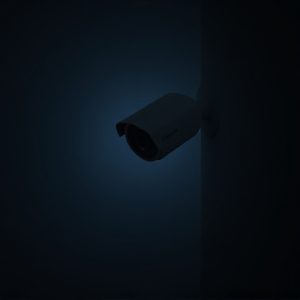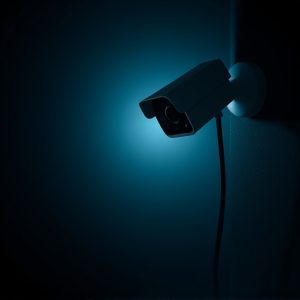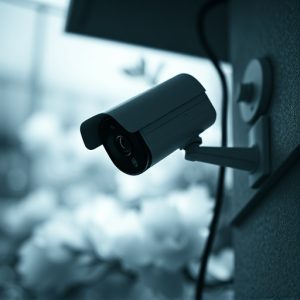Hidden Security Camera Essentials: Applications, Types, Laws & Installation Guide
Hidden security cameras serve as discreet tools for enhancing safety and security by deterring crimi…….
Hidden security cameras serve as discreet tools for enhancing safety and security by deterring criminal activity and capturing high-quality footage across various environments. When selecting a camera, it's crucial to match the model to the specific surveillance needs and the environment where it will be installed. Legal compliance is non-negotiable, as privacy laws must be adhered to avoid unauthorized recording. These cameras should be strategically placed to remain hidden yet effective, with considerations for resolution, field of view, and storage capacity. Maintenance and regular testing are key to ensuring these systems function optimally and respect privacy, making hidden security cameras a vital and ethical component of modern surveillance strategies.
Hidden security cameras serve as a silent sentinel in our increasingly complex world, providing unobtrusive surveillance for enhanced safety and peace of mind. This article delves into the nuances of these discreet devices, exploring their diverse applications, types available, and the critical legal framework governing their use. Additionally, readers will gain practical insights into the installation process and adhere to best practices that ensure optimal functionality without compromising aesthetics or privacy. Unveil the layers behind the utility and strategy of hidden security cameras for robust protection.
Understanding Hidden Security Cameras: Applications, Types, and Legal Considerations
Hidden security cameras are an integral part of modern surveillance systems, designed to discreetly monitor environments while ensuring the safety and security of individuals and properties. These covert cameras can be pivotal in deterring criminal activity, as their inconspicuous nature often goes unnoticed by potential intruders. They are widely used in residential homes, commercial establishments, and sensitive areas to capture footage without drawing attention to the surveillance act. The applications of hidden security cameras are vast, ranging from safeguarding valuables to ensuring employee and customer privacy in places like retail stores, offices, and public venues. Businesses often employ them to prevent shoplifting, vandalism, or to protect sensitive data within their premises.
When considering the deployment of hidden security cameras, it is crucial to understand the types available and select one that aligns with the intended surveillance area and the specific needs. There are various models, including dome cameras, pinhole cameras, and smoke detector-style cameras, each designed to blend into their surroundings seamlessly. Infrared and night vision capabilities allow these cameras to operate effectively even in low light conditions. Additionally, high-definition video quality ensures that clear and detailed footage is captured for effective analysis during and after incidents.
However, the use of hidden security cameras comes with significant legal considerations. It is imperative to comply with privacy laws and regulations, which can vary by jurisdiction. In many places, it is illegal to record individuals without their knowledge or consent in areas where they have a reasonable expectation of privacy. Therefore, it is essential to consult with legal experts to navigate the complexities of surveillance legislation and to establish clear policies regarding data storage, access, and usage. Understanding these legal frameworks not only protects the rights of individuals but also shields the establishment from potential litigation or penalties for privacy breaches.
Mastering the Installation and Best Practices for Hidden Security Cameras
Hidden security cameras serve as a discreet yet powerful tool for safeguarding your property or monitoring sensitive areas. Mastering their installation requires a keen understanding of the environment and the objectives of surveillance. The process begins with selecting the appropriate camera model that aligns with your needs—considering factors like resolution, field of view, and storage capabilities. Once chosen, the placement is critical; it should be inconspicuous yet offer optimal coverage. Avoid common areas where detection might be more likely; instead, opt for less conspicuous locations like above doorframes, behind clocks or picture frames, or within seemingly ordinary household objects.
Best practices in hidden camera installation also involve adhering to legal considerations. Ensure that you are compliant with privacy laws and inform relevant parties where surveillance is taking place. It’s advisable to position cameras in areas that are not expected to capture footage of individuals without consent, maintaining ethical boundaries and respect for privacy. Additionally, ensure that the camera’s power supply is secure and that it has a reliable data storage solution to prevent any loss of critical footage. Regularly test your hidden security cameras to confirm they are functioning correctly and adjust their settings as necessary to maintain high-quality recordings. With careful planning and attention to detail, hidden security cameras can provide a reliable layer of security without compromising aesthetics or privacy.


